-
 bitcoin
bitcoin $109523.663807 USD
-0.13% -
 ethereum
ethereum $4019.526508 USD
2.06% -
 tether
tether $1.000482 USD
0.00% -
 xrp
xrp $2.776815 USD
0.18% -
 bnb
bnb $958.942396 USD
0.12% -
 solana
solana $204.294698 USD
3.84% -
 usd-coin
usd-coin $0.999693 USD
0.00% -
 dogecoin
dogecoin $0.232115 USD
2.09% -
 tron
tron $0.338028 USD
0.84% -
 cardano
cardano $0.790920 USD
1.50% -
 hyperliquid
hyperliquid $44.871443 USD
5.60% -
 ethena-usde
ethena-usde $1.000322 USD
0.04% -
 chainlink
chainlink $21.034165 USD
2.60% -
 avalanche
avalanche $28.794831 USD
-0.54% -
 stellar
stellar $0.360466 USD
1.24%
What is TRAC coin
TRAC, as the native currency of the OriginTrail network, fuels the ecosystem's functionalities by enabling payments for network fees and incentivizing the network's reliable operation.
Nov 15, 2024 at 02:40 pm
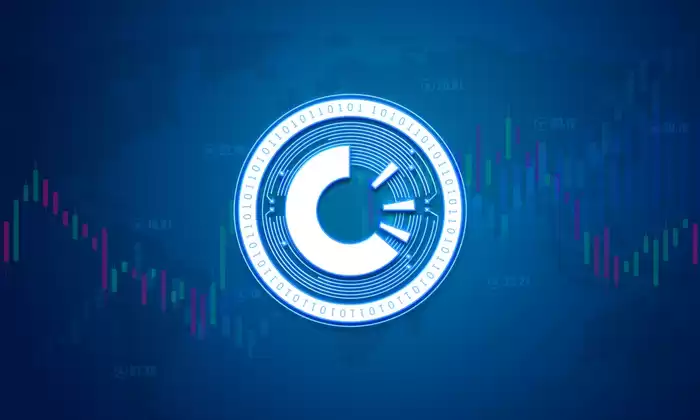
What is TRAC Coin?
TRAC is a decentralized network that powers the OriginTrail ecosystem, a suite of tools and services that enable businesses to securely and transparently track and trace products throughout their supply chains. The TRAC token is the native currency of the OriginTrail network and is used to pay for network fees, such as transaction fees and storage fees.
Understanding the OriginTrail Ecosystem
The OriginTrail ecosystem consists of several key components:
- OriginTrail Protocol: The core technology underpinning the OriginTrail ecosystem. It provides a decentralized and immutable ledger for recording supply chain data.
- OriginTrail Decentralized Network (ODN): A network of nodes that hosts and maintains the OriginTrail Protocol.
- OriginTrail Explorer: A web-based interface that allows users to view and explore data stored on the OriginTrail Protocol.
- OriginTrail Marketplace: A marketplace where businesses can connect with each other and purchase supply chain solutions.
TRAC Token Utility
The TRAC token has a number of use cases within the OriginTrail ecosystem:
- Pay for Network Fees: TRAC is used to pay for transaction fees and storage fees on the OriginTrail network.
- Incentivize Node Operators: Node operators who host the OriginTrail Protocol are rewarded with TRAC tokens for their contributions to the network.
- Governance: TRAC holders can vote on proposals to govern the development of the OriginTrail ecosystem.
How Does TRAC Work?
The OriginTrail Protocol uses a unique data structure called a "Provenance Graph" to track and trace products throughout their supply chains. A Provenance Graph is a collection of interconnected data points that represent the different stages of a product's journey from origin to consumption. Each data point contains information about the product, such as its location, condition, and ownership.
The OriginTrail Protocol also uses a consensus mechanism called "Proof of Provenance" to ensure the integrity of the data stored on the network. Proof of Provenance requires nodes on the ODN to validate the authenticity of new data points before they are added to the Provenance Graph.
Benefits of Using TRAC
There are a number of benefits to using TRAC:
- Improved Transparency: TRAC enables businesses to track and trace products throughout their supply chains, providing greater transparency and visibility.
- Increased Trust: The decentralized and immutable nature of the OriginTrail Protocol ensures the integrity and trustworthiness of the data stored on the network.
- Reduced Costs: TRAC can help businesses reduce costs by optimizing their supply chains and eliminating inefficiencies.
- Enhanced Sustainability: TRAC can help businesses improve their sustainability by tracking the environmental impact of their products throughout their supply chains.
Conclusion
TRAC is a decentralized network that provides businesses with a secure and transparent way to track and trace products throughout their supply chains. The TRAC token is the native currency of the OriginTrail network and has a number of use cases within the ecosystem, including paying for network fees, incentivizing node operators, and governing the development of the ecosystem.
Disclaimer:info@kdj.com
The information provided is not trading advice. kdj.com does not assume any responsibility for any investments made based on the information provided in this article. Cryptocurrencies are highly volatile and it is highly recommended that you invest with caution after thorough research!
If you believe that the content used on this website infringes your copyright, please contact us immediately (info@kdj.com) and we will delete it promptly.
- BTC, Hard Fork, and Disputed Futures: A Bitcoin Knots Controversy
- 2025-09-28 01:05:16
- Litecoin, Remittix, and Crypto Payments: A New Era?
- 2025-09-28 01:05:16
- Crypto Presales: Is $BFX the Next Big Thing?
- 2025-09-28 00:25:12
- Kraken's IPO Ambitions: Navigating Valuation in a Recovering Crypto Market
- 2025-09-28 00:25:12
- World Liberty Financial (WLFI): Buyback & Burn Bonanza - Will the Price Ignite?
- 2025-09-28 00:45:12
- Bitcoin's Bumpy Ride: Navigating Risks and Potential Downturns
- 2025-09-28 00:30:01
Related knowledge
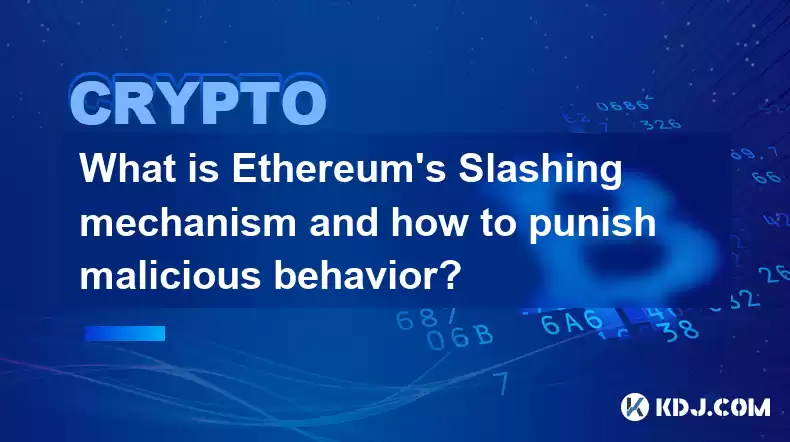
What is Ethereum’s Slashing mechanism and how to punish malicious behavior?
Feb 20,2025 at 03:08am
Key PointsOverview of slashingDifferent types of slashing in EthereumIncentives and consequences of slashingIdentifying and reporting slashed validato...

What is the verifier node of Ethereum and how to become a verifier?
Feb 19,2025 at 06:00pm
The Verifier Node of Ethereum: A Comprehensive GuideKey Points:What is a Verifier Node?How to Become a Verifier NodeResponsibilities and Rewards of a ...
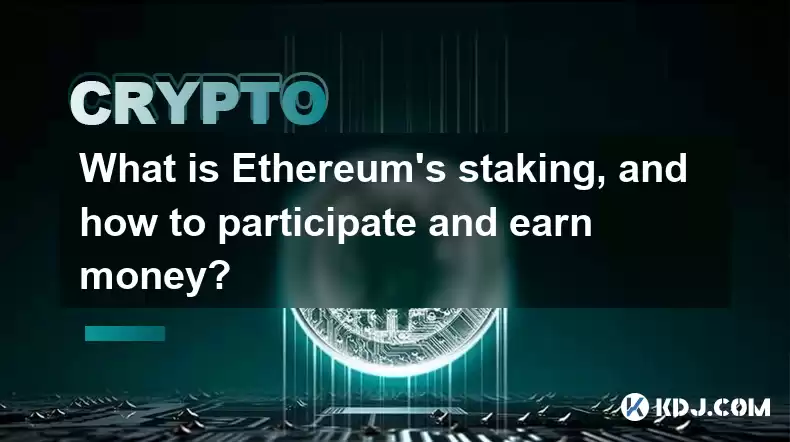
What is Ethereum’s staking, and how to participate and earn money?
Feb 19,2025 at 04:37pm
Key Points:Understanding Ethereum's Staking MechanismSteps to Participate in StakingBenefits and Rewards of StakingSecurity and Risk ConsiderationsTec...
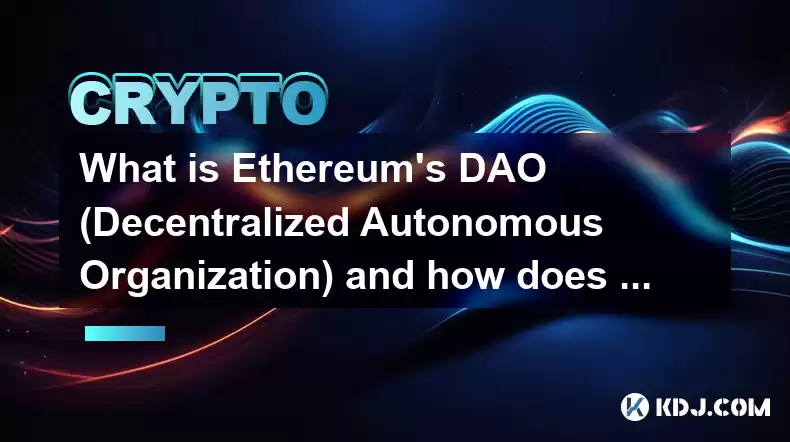
What is Ethereum’s DAO (Decentralized Autonomous Organization) and how does it work?
Feb 20,2025 at 03:12am
Key PointsDefinition and Structure of a DAOGovernance and Decision-Making in DAOsBenefits and Use Cases of DAOsChallenges and Limitations of DAOsWhat ...
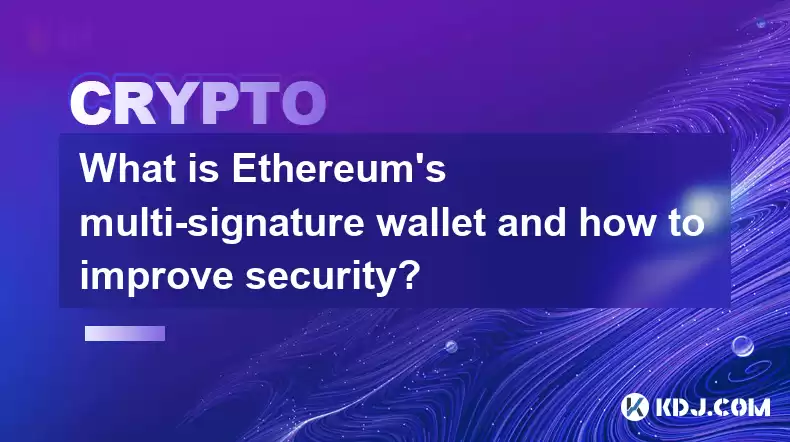
What is Ethereum's multi-signature wallet and how to improve security?
Feb 20,2025 at 02:18pm
Key Points:Understanding the Concept of a Multi-Signature WalletBenefits and Drawbacks of Multisig WalletsRequirements for Setting Up a Multisig Walle...
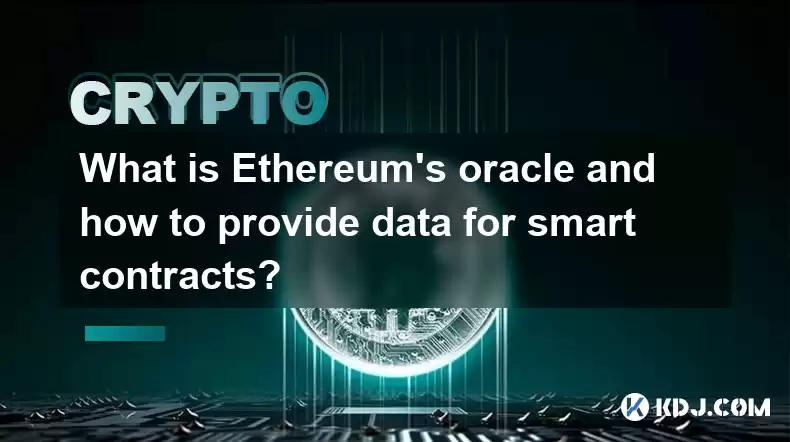
What is Ethereum's oracle and how to provide data for smart contracts?
Feb 21,2025 at 01:30am
Key Points:Understanding the concept of oracles in EthereumExploring different types of oraclesDetailed guide on how to provide data for smart contrac...

What is Ethereum’s Slashing mechanism and how to punish malicious behavior?
Feb 20,2025 at 03:08am
Key PointsOverview of slashingDifferent types of slashing in EthereumIncentives and consequences of slashingIdentifying and reporting slashed validato...

What is the verifier node of Ethereum and how to become a verifier?
Feb 19,2025 at 06:00pm
The Verifier Node of Ethereum: A Comprehensive GuideKey Points:What is a Verifier Node?How to Become a Verifier NodeResponsibilities and Rewards of a ...

What is Ethereum’s staking, and how to participate and earn money?
Feb 19,2025 at 04:37pm
Key Points:Understanding Ethereum's Staking MechanismSteps to Participate in StakingBenefits and Rewards of StakingSecurity and Risk ConsiderationsTec...

What is Ethereum’s DAO (Decentralized Autonomous Organization) and how does it work?
Feb 20,2025 at 03:12am
Key PointsDefinition and Structure of a DAOGovernance and Decision-Making in DAOsBenefits and Use Cases of DAOsChallenges and Limitations of DAOsWhat ...

What is Ethereum's multi-signature wallet and how to improve security?
Feb 20,2025 at 02:18pm
Key Points:Understanding the Concept of a Multi-Signature WalletBenefits and Drawbacks of Multisig WalletsRequirements for Setting Up a Multisig Walle...

What is Ethereum's oracle and how to provide data for smart contracts?
Feb 21,2025 at 01:30am
Key Points:Understanding the concept of oracles in EthereumExploring different types of oraclesDetailed guide on how to provide data for smart contrac...
See all articles









































































